Back on August 9th of last year, 2021, the International Panel on Climate Change (IPCC) as directed by the Secretary General of the United Nations released two reports concerning first the causes and secondly the impacts that can be expected from Global Warming over the rest of this century, see my post of August 21st 2021. The possible impacts were analyzed for five specific scenarios of human activity ranging from eliminating carbon emissions immediately to we just continue increasing our carbon footprint without any regard for the damage it is doing to our planet.
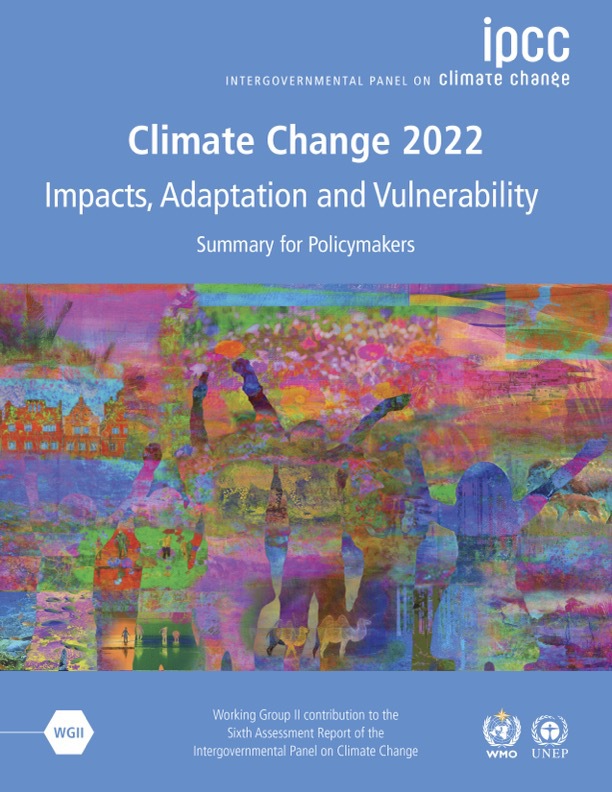
Those reports, like everything that deals with climate change should have been a straightforward, empirically based assessment of the facts. Of course what did happen was that the report quickly became politicized with many nations insisting that the problem of climate change was not really urgent. In fact just a few months later at the COP26 climate conference held in October nations such as Japan, Australia and Saudi Arabia refused to accept any language calling for a reduction in fossil fuel emissions. The nation of India, the world’s third largest emitter of greenhouse gases, went so far as to state that it had no plans to even consider reducing its use of coal, the worst energy source for carbon emissions, until at least the year 2050.
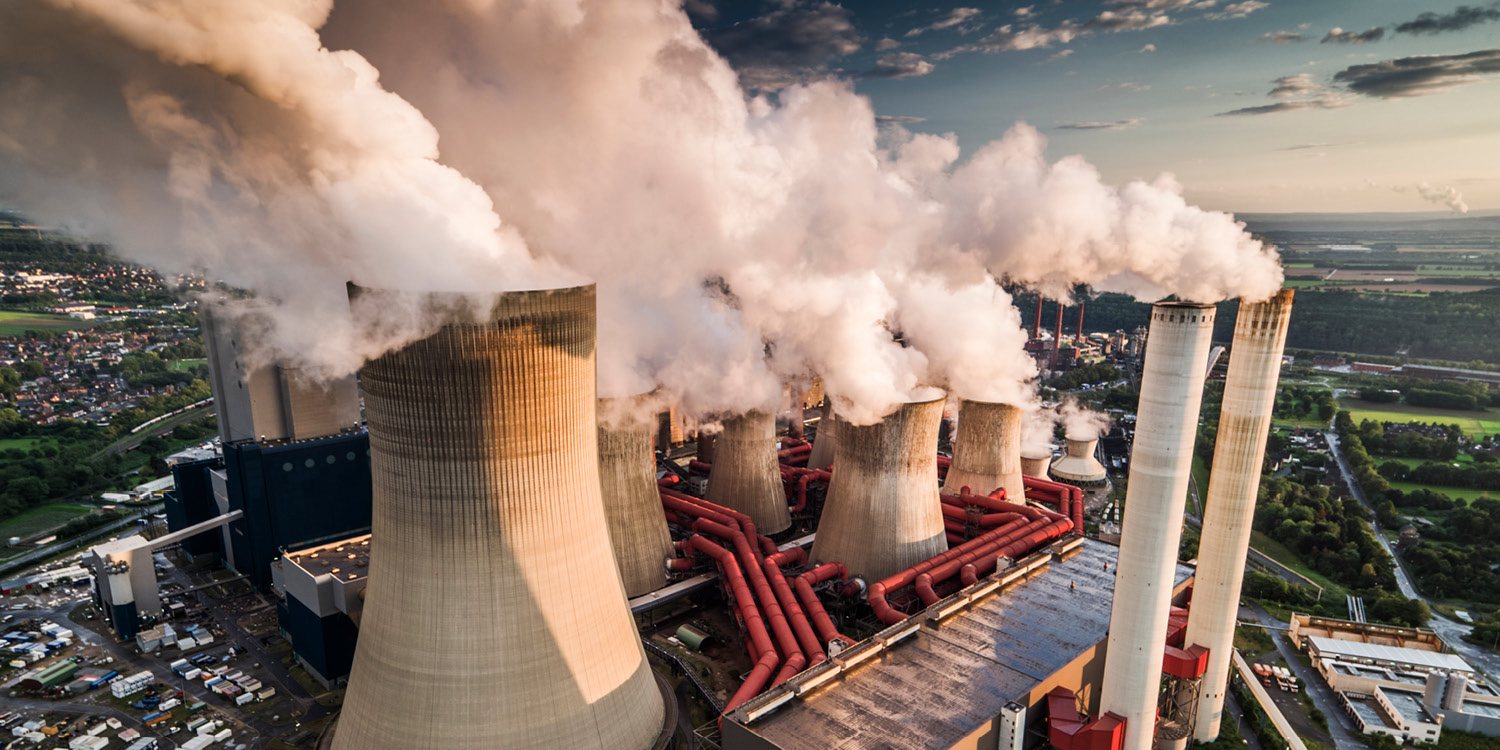
Now, on the 4th of April 2022, a third section of the IPCC report was published that deals with what we can do to solve the climate crisis. And if you listen to the scientists there’s no time to wait. As declared by Geoscientist Andrea Dutton of the University of Wisconsin, “We can’t kick this can down the road any longer.” In fact the scientists working on the IPCC report have identified five clear danger signs that will tell us when the worst outcomes of climate change have begun.
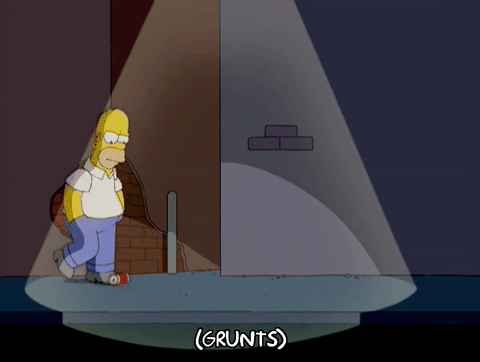
1. The Amazon rain forest becomes a savanna. The Amazon jungle has been called the planet’s lungs because of its enormous ability to absorb CO2. Both human encroachment and increasing drought in Brazil are slowly turning it into an arid grassland however. Without that absorption of greenhouse gasses by the Amazon the problem of climate change will only get worse.
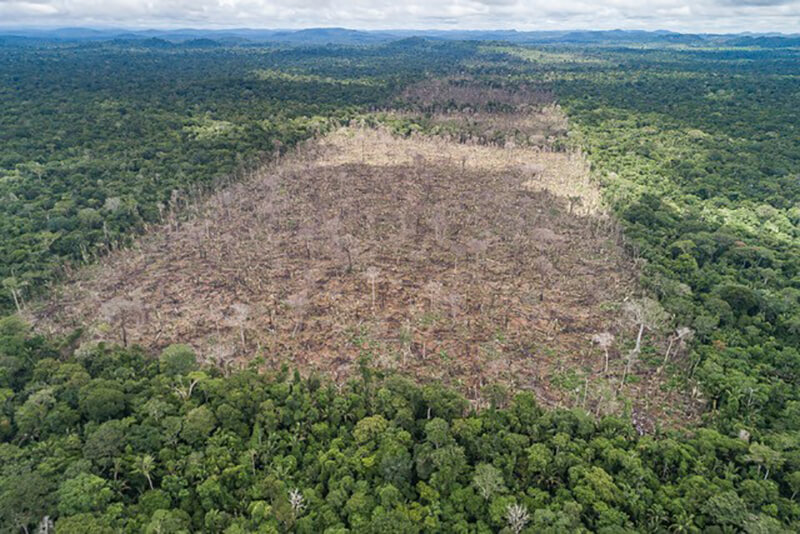
2. Coral Reefs die. Coral is actually a symbiosis between a hydra like polyp and a species of algae, the polyp providing a home for the algae while the algae provides food for the polyp. If the water temperature rises too much however the polyp will often kick the algae out. This condition is known as bleaching and can lead to the death of the coral. Over the last ten years major portions of both the Great Barrier Reef and the Florida Keys have been subjected to periods of bleaching and it may only take a small additional rise in the world’s temperature to kill them off entirely.
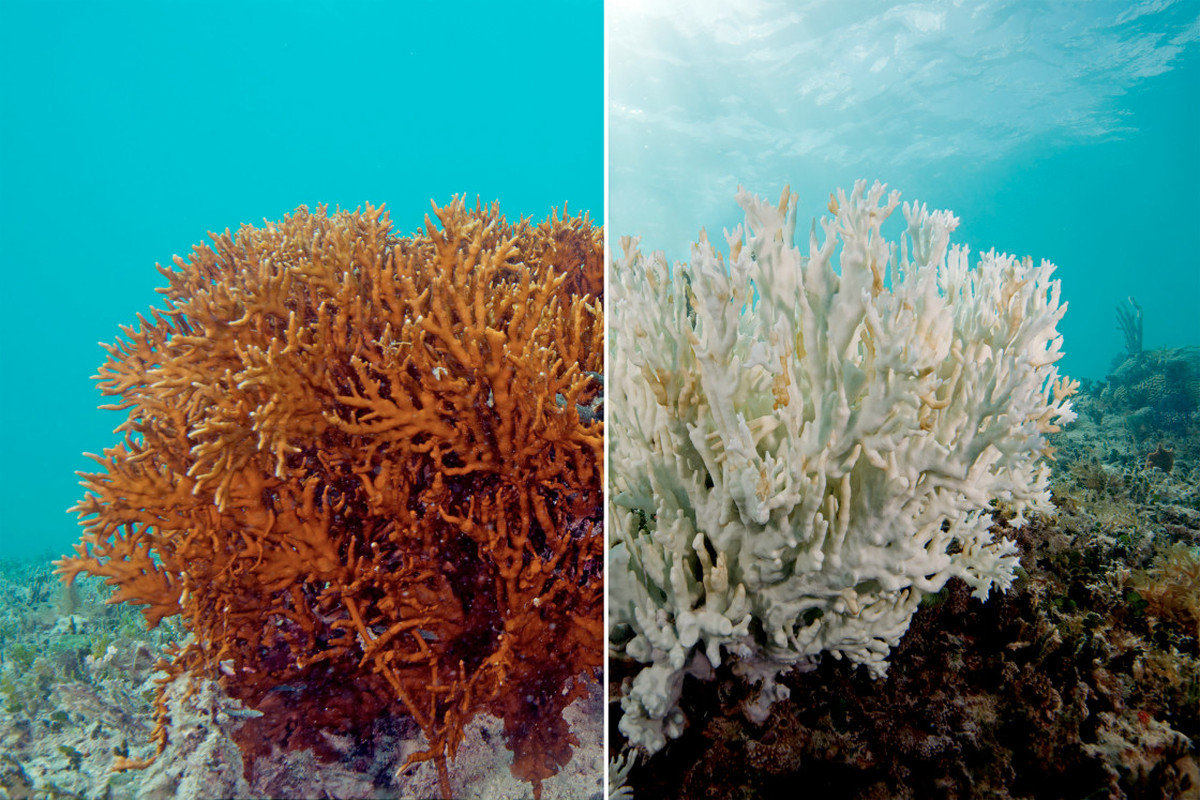
3. Ice Sheets melt. Much of the world’s water is held captive in ice sheets and glaciers primarily in Antarctica and Greenland. Rising temperatures have already led to massive amounts of that ice melting, with the resulting rise in sea level. If the melting continues or even accelerates then every inhabited coastal area of the world is threatened.
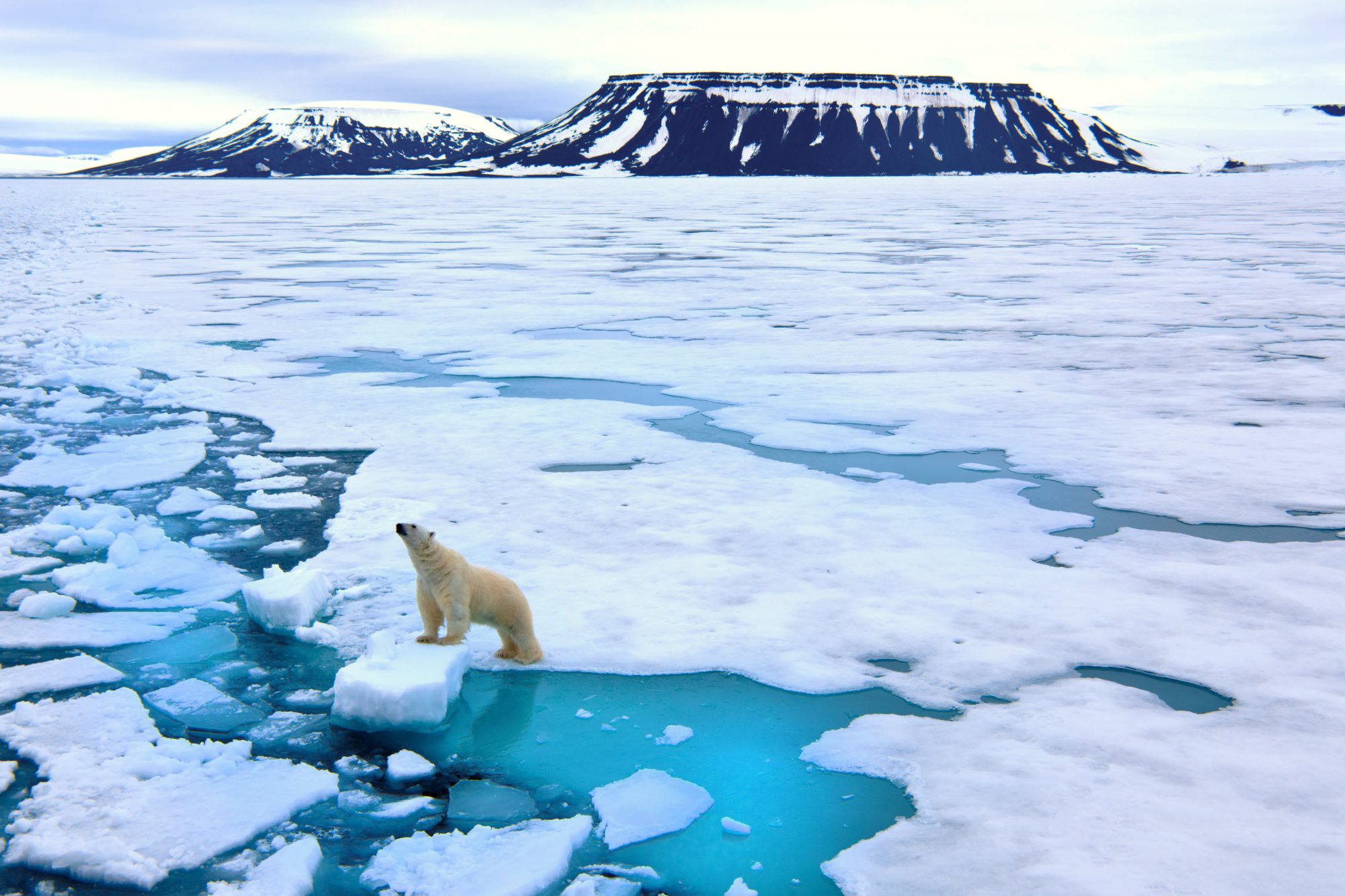
4. Atlantic Circulation stops. The Gulf Stream was first discovered by none other than Ben Franklin back at the end of the 18th century and its effect on the climate of both the east coast of North America and western Europe have been well documented. Over the last few years however studies of the Gulf Stream have suggested that its circulation could be imperiled by rising temperatures, and even a modest reduction in the strength of the Gulf Stream’s flow could have a major impact on the climate of both the US east coast and Europe.
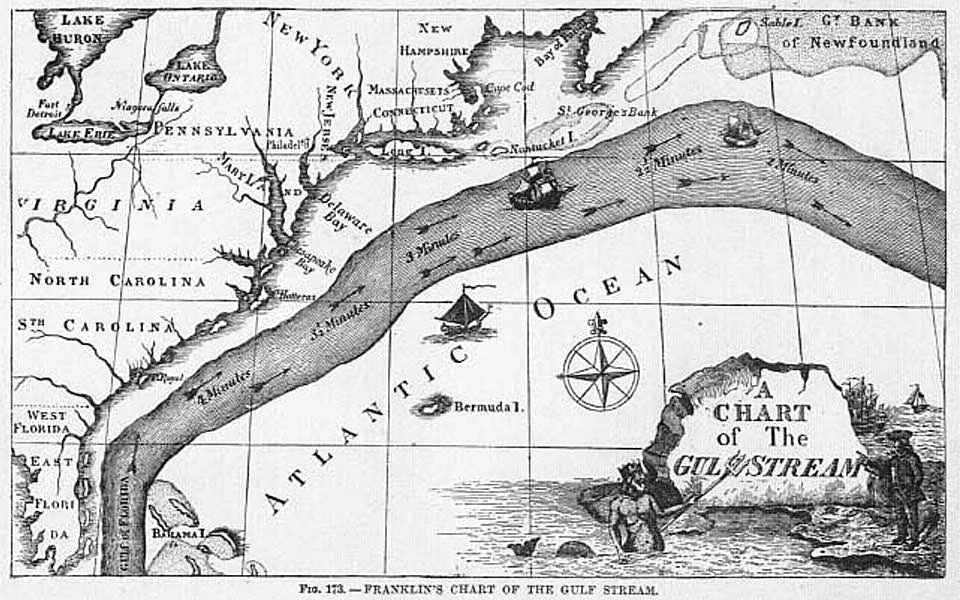
5. The disappearance of the great northern forests. Just to the south of the Artic circle and spread across several continents lies the world’s last great forest. Actually composed of several forests stretching from Alaska, across northern Canada, Scandinavia and Russian Siberia like the Amazon these forest absorb a large fraction of the greenhouse gasses we are generating, helping to reduce somewhat the effects of climate change. And as with the Amazon jungle these forest are now under threat. The three main threats are heat, fire and bark beetles. In my post of July 14th 2021 I discussed the huge heat dome that formed over British Columbia last summer and which not only led to dozens of all time Canadian temperature records being smashed but which also triggered large wildfires, like the one that all but destroyed the little town of Lytton.
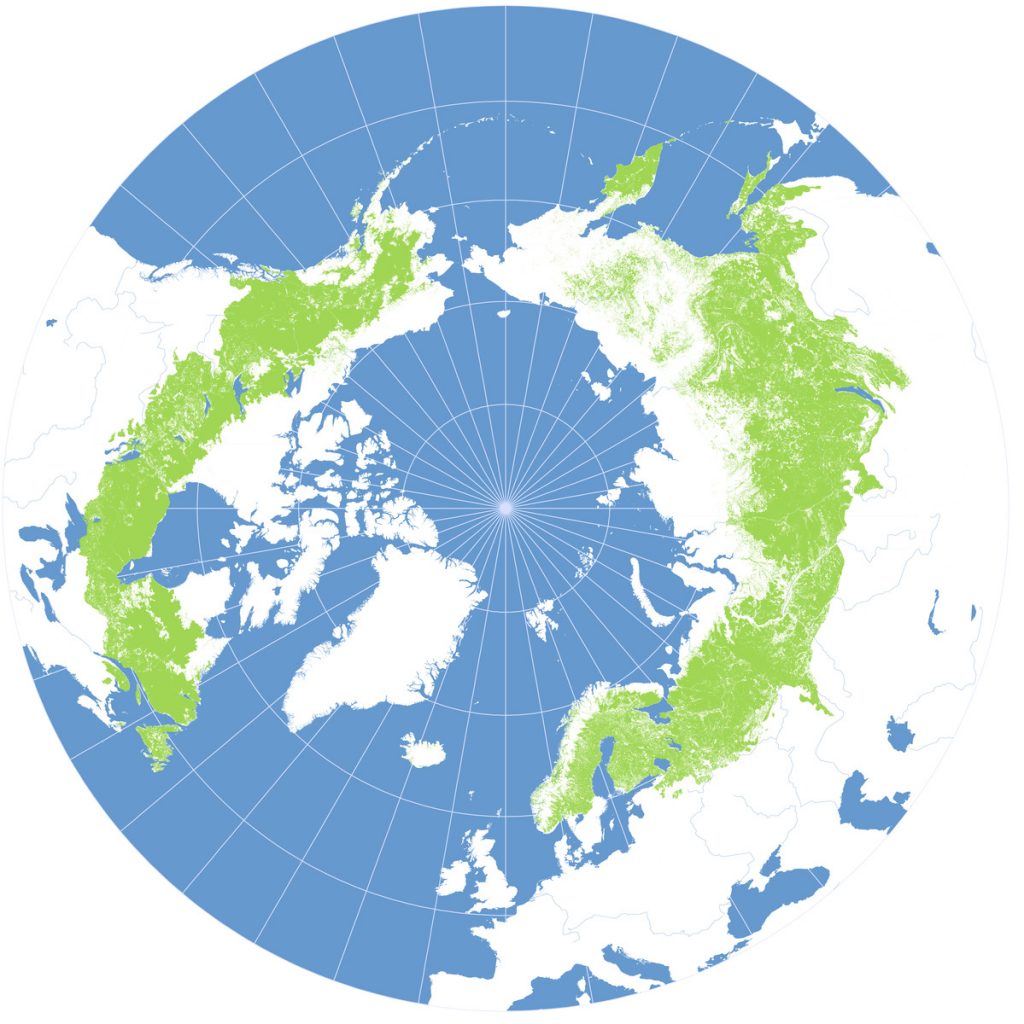
And to make matters worse those higher temperatures are just perfect conditions for the spread of bark beetles that are devastating millions of trees. The trees killed by bark beetles then become fuel for further wildfires leading to more release of CO2 and more global warming, a vicious cycle.
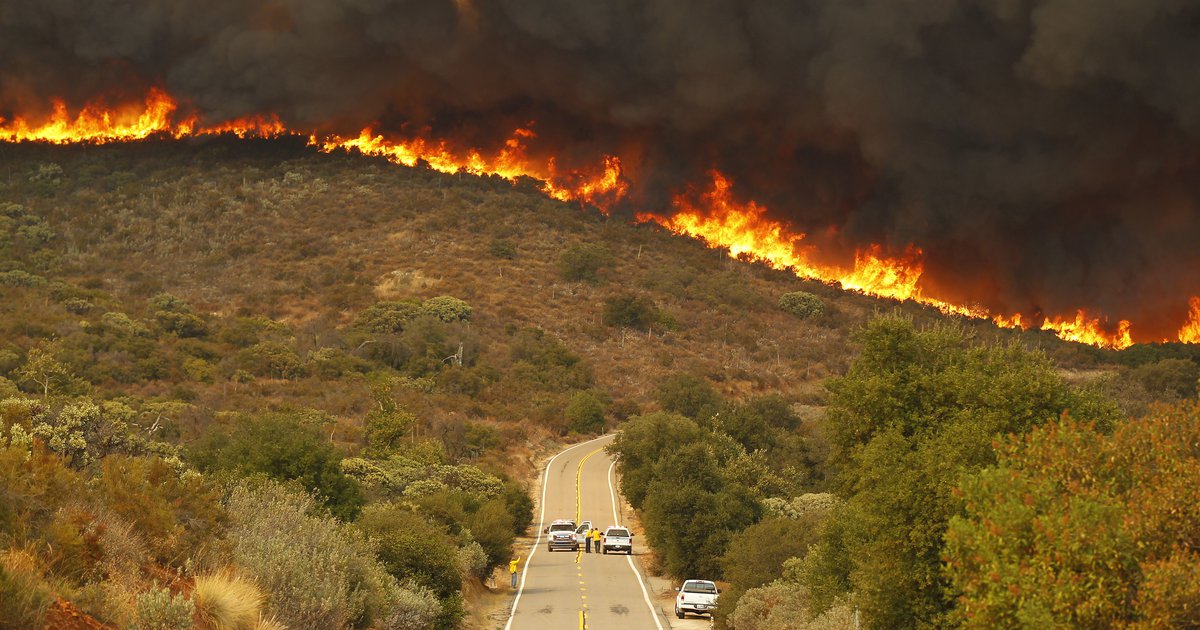
So what solutions have the IPCC scientists come up with that will hopefully prevent such massive damage to the Earth’s environment. Needless to say the first thing we must do as a species is reduce CO2 emissions by 43% before 2030, that’s just eight years from now. Right now renewable sources of power, primarily wind and solar, only produce about 10% of the energy we use, the rest is produced by burning oil, gas and coal. So a reduction of 43% in greenhouse gas emissions is going to require a huge effort, with an accompanying huge cost. In fact, instead of reducing greenhouse gas emissions current projections predict a 14% increase in atmospheric CO2 by 2030.

But the scientists say even more is required. They say that in order to keep global temperature rise below a 1.5º rise since pre-industrial times, a goal that was agreed by nearly every country on Earth at the Paris climate summit in 2015, we must start to remove CO2 from the atmosphere.
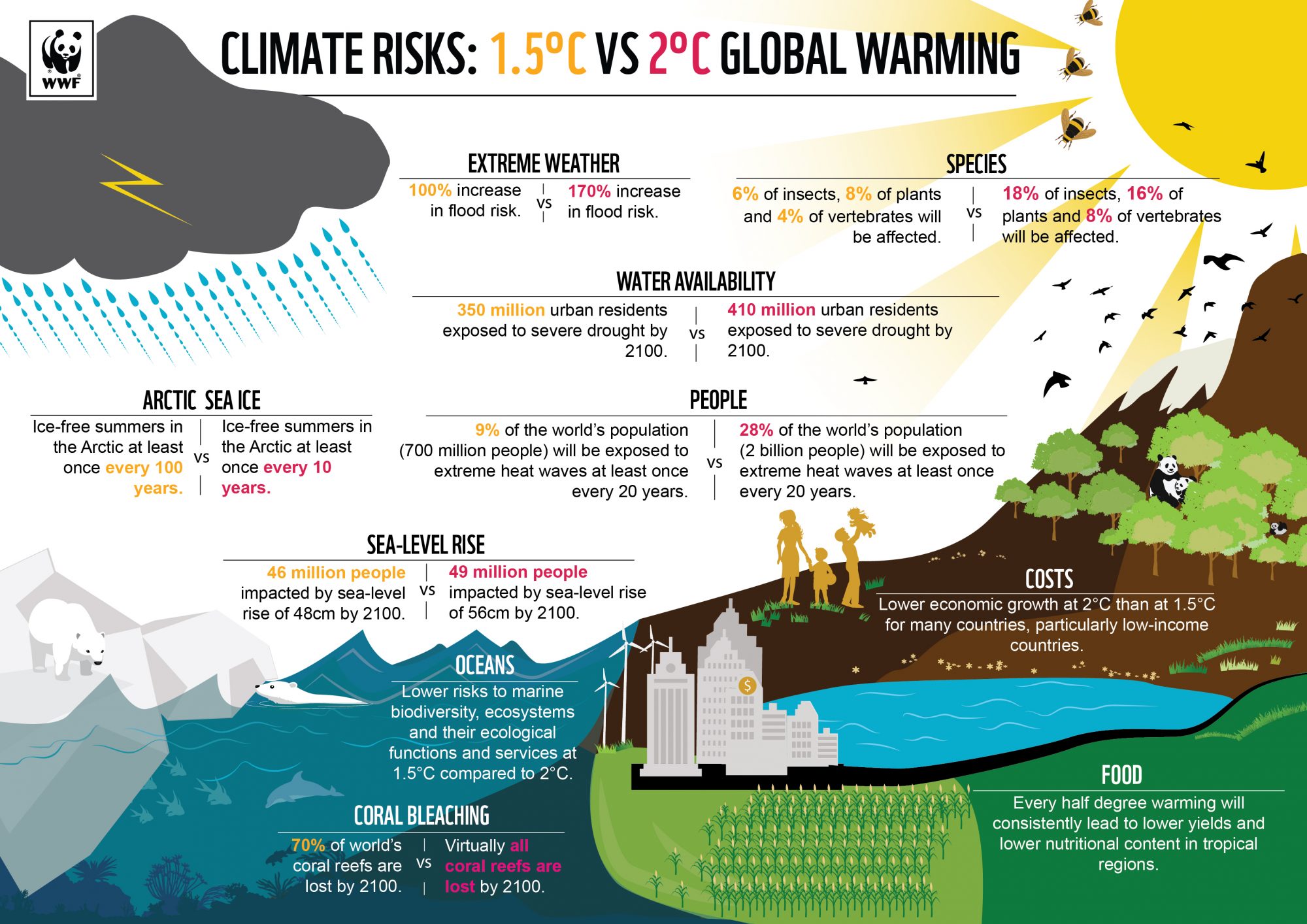
Scientists around the world have developed several different techniques for carbon removal, techniques that could, if adequately funded for a large, industrial implementation scale, really reduce the levels of CO2 in the air. Of course the problem is that phrase, adequately funded because we’re talking tens if not hundreds of billions of dollars and who’s going to pay for it. As you might guess there are few volunteers.
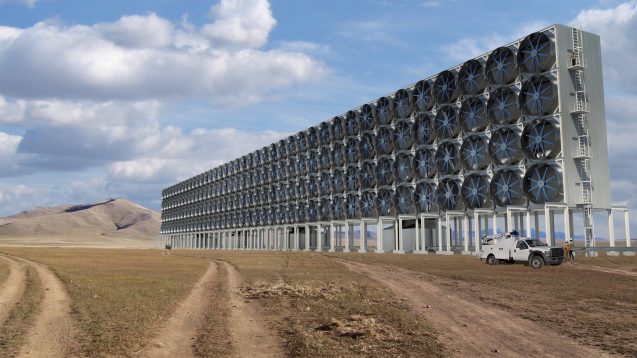
So, what’s going to happen this time? Not much it seems. With the war in Ukraine along with inflation and crime and all of the other distractions few people are even paying attention to what is happening across the entire planet.

Postscript: A conference of government officials from 153 nations has convened and the attendees are congratulating themselves on their pledges to reduce carbon emissions so that the global temperature rise will remain below 2ºC. I know what you’re going to say. Didn’t officials from those same countries pledge to keep the temperature rise below 1.5ºC just seven years ago in Paris?
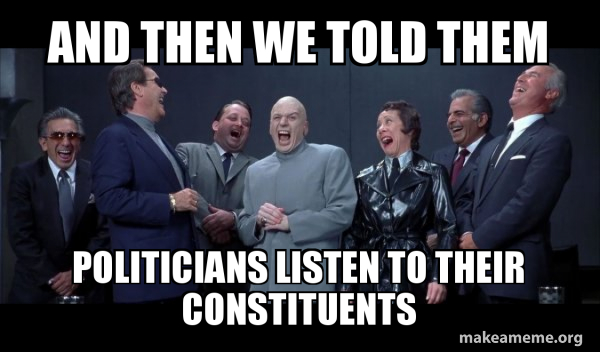
They sure did, and now they are literally patting themselves on the back for trying to cover up their failure by making new, and equally meaningless pledges. I don’t think we can hope for our ‘leaders’ to do anything to tackle climate change until the planet is actually on fire.
